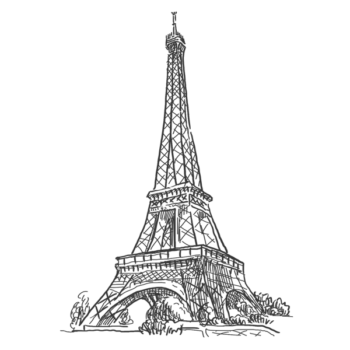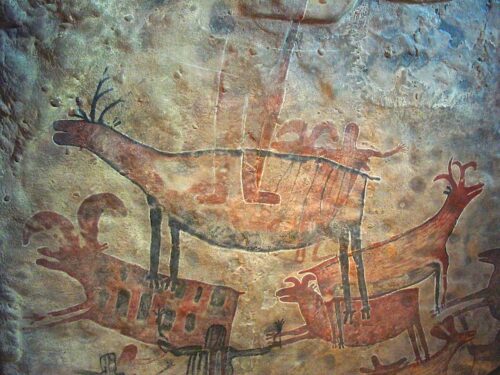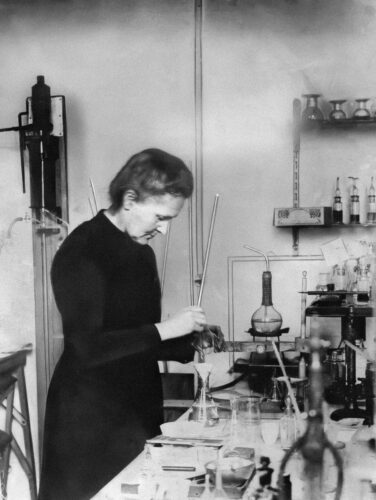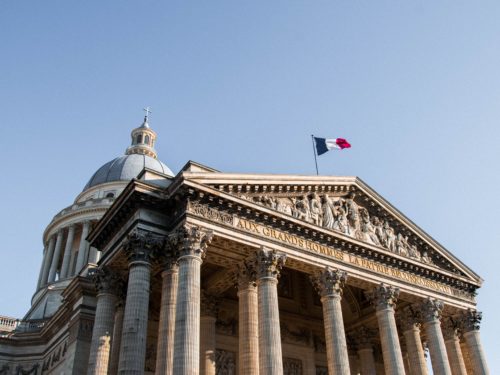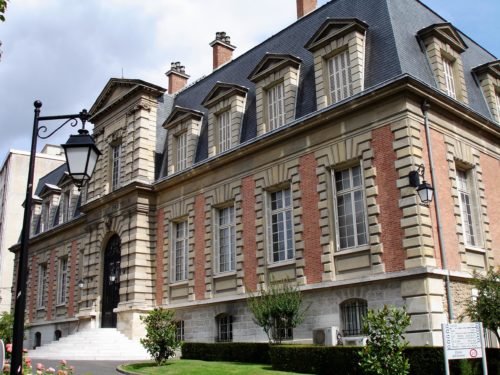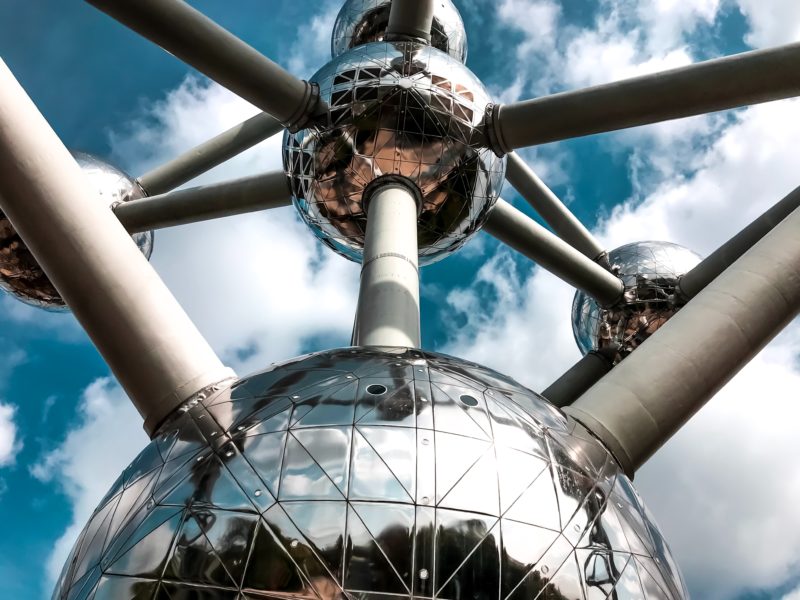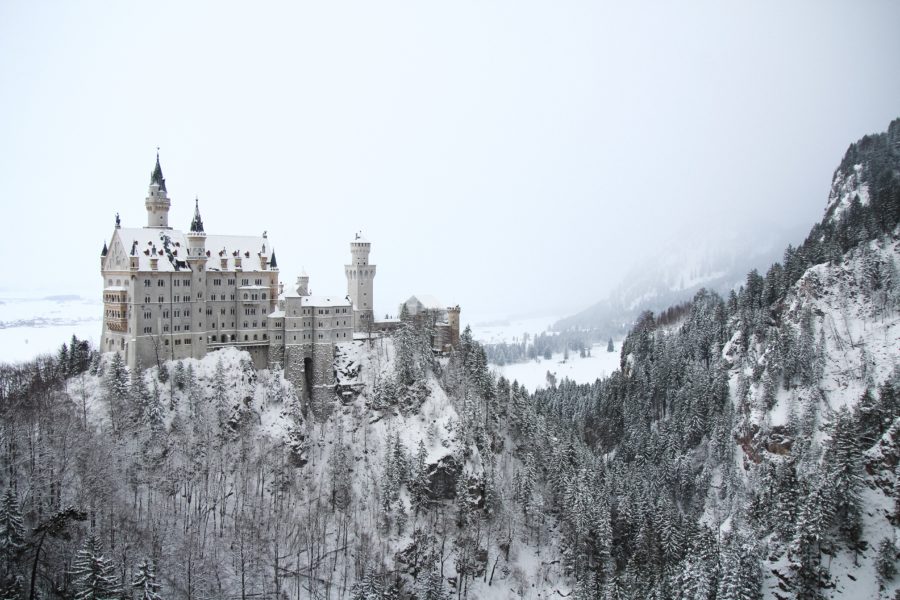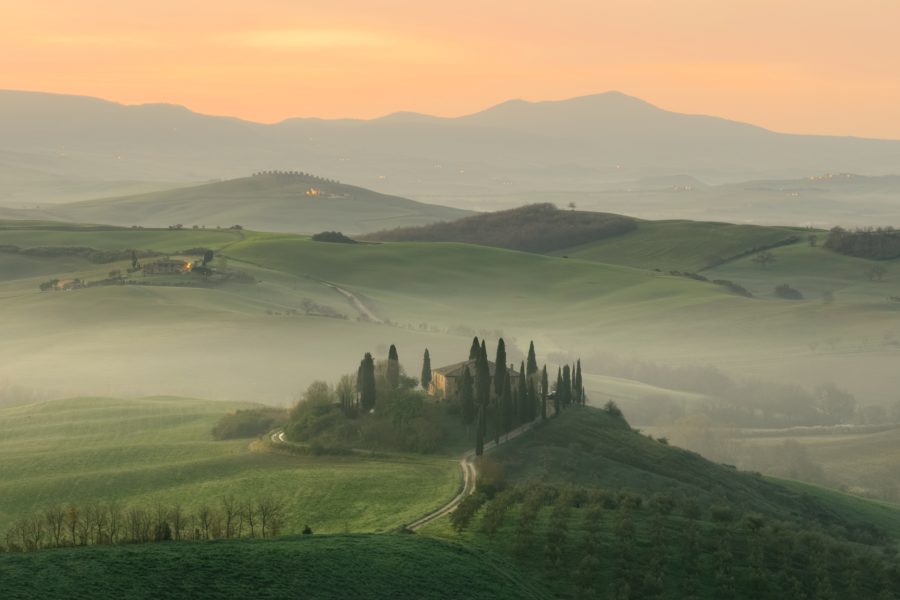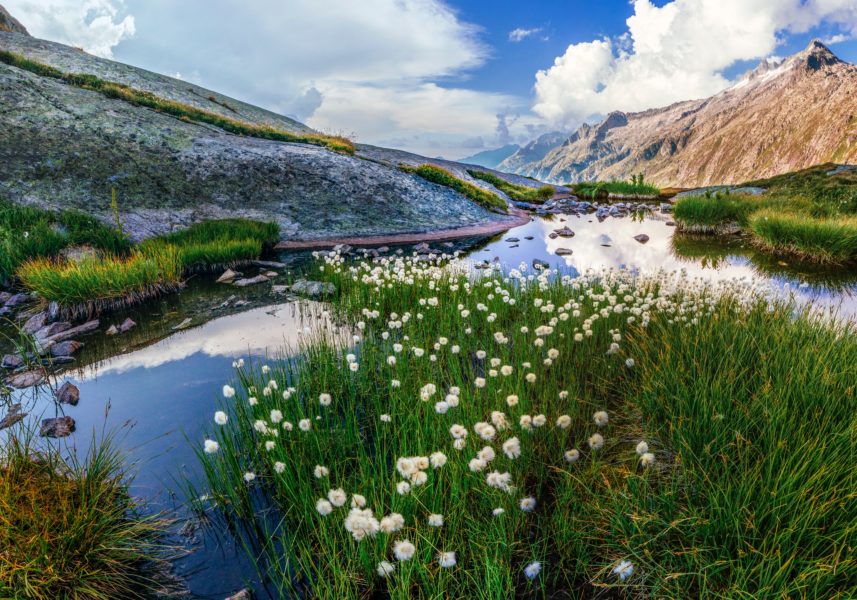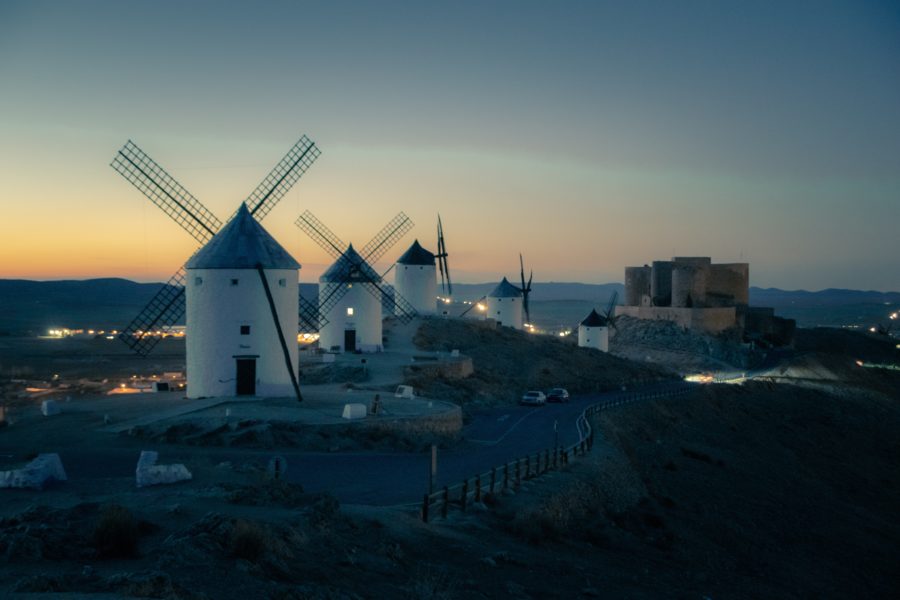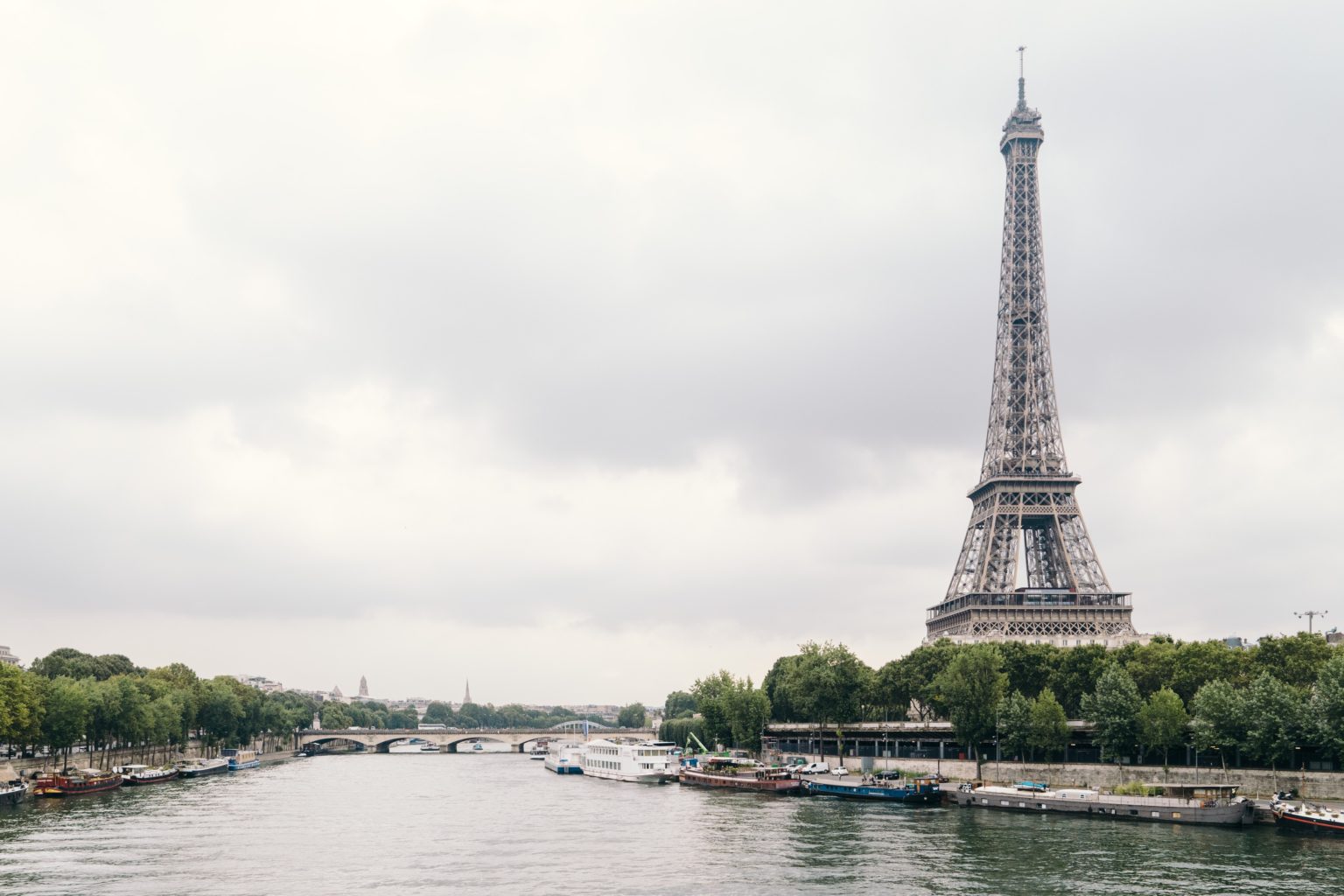
France
France
Science in France
For centuries, France has been one of the largest and most populous states in Central Europe. Today it is the largest state in the EU in terms of area and the member state with the second highest population after Germany. The research landscape is as broad and complex as the country itself, which stretches between the Alps and the Pyrenees, the North Sea and the Mediterranean. Particularly important areas of research, however, are agriculture, energy supply and medicine. Aeronautics and space travel should also be highlighted, with Toulouse as the European capital of space and some airy inventions. For example, the hot-air balloon of the Montgolfier brothers or the Concorde, the famous passenger plane with supersonic speed, developed and built together with Great Britain. Another French development makes excursions into underwater worlds possible: the scuba diver, invented in 1943 by the legendary ocean explorer Jaques Cousteau.
The Facts
| Population | 68,170,000 [1] |
| Area | 547,557 km² [2] |
| Gross domestic product per capita in US-Dollar | 46,001.0 [3] |
| Public expenditure on education (share of GDP) | 5.5 % [4] |
| Share of female researchers | 28.3 % |
| Universities | 617 |
| Universities per 1 million inhabitants | 9.50 |
| Students | 2,679,473 |
| Expenditure on Research and Development (share of GDP) | 2.2 (share of GDP) [5] |
Quellen:
-
↑
https://www.destatis.de/DE/Themen/Laender-Regionen/Internationales/Laenderprofile/frankreich.pdf?__blob=publicationFile
-
↑
https://www.destatis.de/DE/Themen/Laender-Regionen/Internationales/Laenderprofile/frankreich.pdf?__blob=publicationFile
-
↑
https://www.destatis.de/DE/Themen/Laender-Regionen/Internationales/Laenderprofile/frankreich.pdf?__blob=publicationFile
-
↑
https://www.destatis.de/DE/Themen/Laender-Regionen/Internationales/Laenderprofile/frankreich.pdf?__blob=publicationFile
-
↑
https://www.destatis.de/DE/Themen/Laender-Regionen/Internationales/Laenderprofile/frankreich.pdf?__blob=publicationFile
